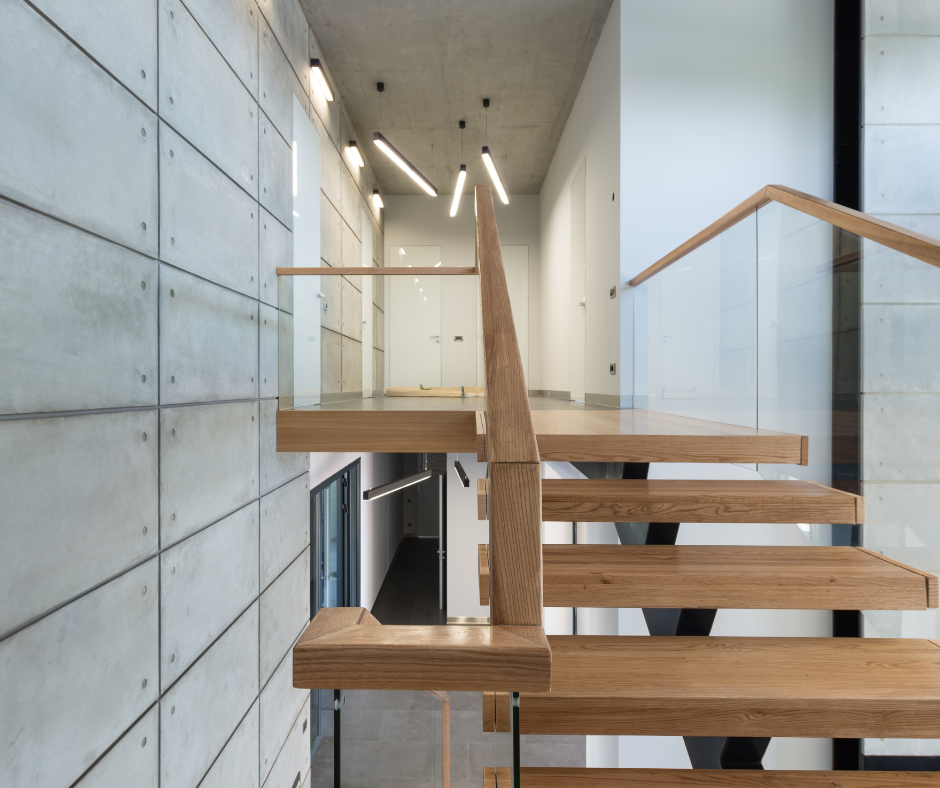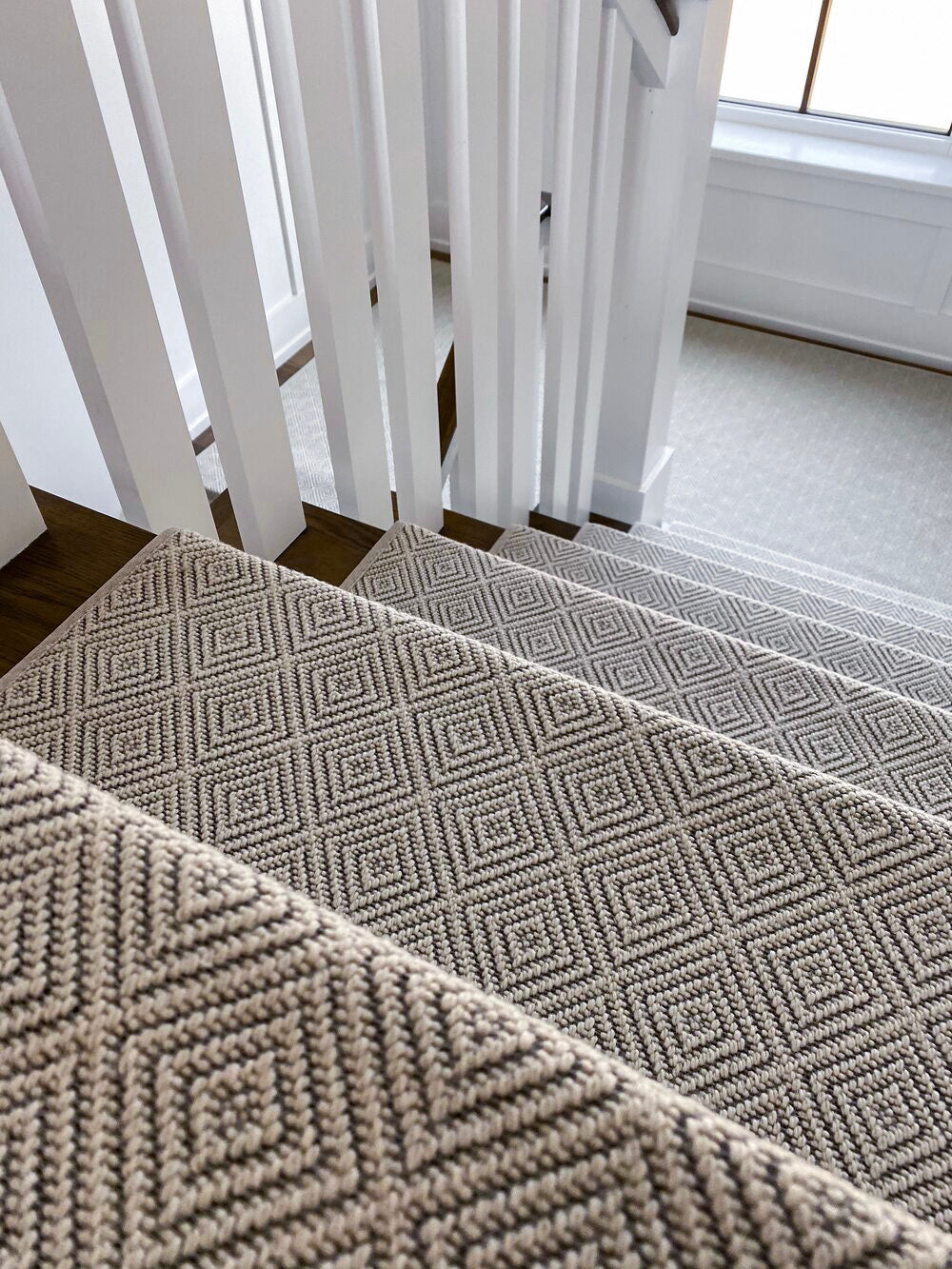The construction of floating wood stairs blends modern design with sturdy engineering, creating a statement piece in any home.
These stunning staircases appear to "float" effortlessly in mid-air, thanks to hidden support systems that provide strength and safety.
Whether paired with carpet stair landings for added warmth or left bare for a minimalist vibe, floating stairs combine functionality and elegance.
Behind the illusion lies a meticulous process that uses concealed frameworks, like steel beams or wall anchors, to hold everything securely in place.
Let’s dive into how these remarkable staircases are built, what materials work best, and the safety considerations that ensure they remain both stylish and practical.
How Are Floating Stairs Supported?
The secret to floating stairs is their cleverly hidden support systems.
Treads are typically anchored to a load-bearing wall or mounted on a concealed steel frame.
In some designs, a central stringer—a strong, hidden beam—provides the necessary stability.
These invisible structures create the weightless look of floating stairs while meeting rigorous safety and durability standards.
It’s like creating an architectural illusion, but one that’s built to last.
What Materials Work Best for Floating Wood Stairs?
The right materials play a big role in both the appearance and durability of floating stairs.
Hardwoods like oak, walnut, and maple are the top choices for their strength and timeless aesthetic.
Steel or aluminum is commonly used in the hidden support systems for their exceptional load-bearing capabilities.
Finishing touches, like wood stains or sealants, enhance the natural grain of the wood while protecting it from wear.
Pairing wood treads with glass railings or metal accents can add a sleek, modern touch to the design.
What Are the Safety Considerations for Floating Stairs?
Floating stairs prioritize safety as much as style.
Building codes require open risers to be narrow enough to prevent small objects or pets from passing through.
Handrails or balustrades, often made from glass or metal, add stability without detracting from the clean, open look.
Hidden support systems must be strong enough to handle regular use without sagging or shifting.
Attention to these details ensures that your stairs are as secure as they are beautiful.
Common Challenges During Installation
Installing floating wood stairs involves precise planning and craftsmanship.
One challenge is determining whether existing walls can support the required anchors or if reinforcements are necessary.
Perfect alignment is crucial, as every tread must be level and evenly spaced for both safety and aesthetics.
Another challenge is ensuring the stairs harmonize with the surrounding decor, such as flooring, furniture, and lighting.
Collaborating with experienced professionals makes it easier to overcome these hurdles and achieve the desired results.
Steps to Success
The construction of floating wood stairs is an opportunity to bring modern elegance into your home.
Choose durable materials like hardwood and steel to combine beauty with functionality.
Work with experts to develop a hidden support system that balances aesthetics and safety.
Enhance the design with personal touches like carpet stair treads and landings or lighting to highlight the unique character of your staircase.
With careful planning and the right team, your floating wood stairs will become a show-stopping centerpiece in your home.



